|
Sometimes a hole is more than just an empty space. For a gopher tortoise, its hole or burrow is home, sanctuary, courting ground, and incubator–its very life.
There's a hillside in Homewood, Alabama, famous for its amphibians. With the first warm, rainy night of spring, salamanders, frogs, and toads rouse themselves from their winter stupors to wriggle, squirm, and hop downhill. Humans, fascinated by this timeless, primeval event, gather below to watch.
Extinction is forever, as the saying goes. While this truth is undeniable, the case of Tulotoma magnifica, the Alabama live-bearing snail, directly contradicts it. Once declared extinct, then rediscovered in huge numbers, the tulotoma--our state's only federally listed endangered snail--clings tightly to life.
Butterflies are the stuff that myths are made of. With their flashing colors, elusive flight, and amazing life history, butterflies have long held a treasured place in human lives, considered by some to be messengers from the gods and symbols
for the immortal soul. In April 1962, two biologist seining Turkey Creek near the Birmingham suburb of Pinson noticed some odd-looking fish in their samples. Over the next thirty years, other scientists visited the area to collect more specimens and were likewise puzzled by their finds. In 1992 the vermilion darter was formally (and finally!) described in the Bulletin of the Alabama Museum of Natural History by University of Alabama professors Herb Boschung and Rick Mayden and given its scientific name, Etheostoma chermocki. The latter commemorates Ralph L. Chermock (1918-77), long-time professor of biology who founded the University of Alabama lchthyological Collection.
As spring hurries toward summer and evening temperatures rise, so does the decibel level at Alabama ponds and puddles. Every night, in a ceremony that pre-dates the dinosaurs, male frogs and toads congregate at the water's edge to grunt, moan, whistle, or trill their way (they hope) into a female's heart. Often, a key voice in this primal chorus is the "quonk" of the green treefrog.
|
About the authorLarry Davenport holds a Ph.D. in biology from the University of Alabama. He is a professor of Biological and Environmental Sciences at Samford University in Birmingham, where he teaches courses on general botany, plant taxonomy, and wetlands. In 2007, he was named Alabama Professor of the Year by the Carnegie Foundation for the Advancement of Teaching. Dr. Davenport has contributed his Nature Journal column to Alabama Heritage since 1993. This column inspired his award-winning book Nature Journal (University of Alabama Press, 2010). Archives
January 1997
Categories |
|
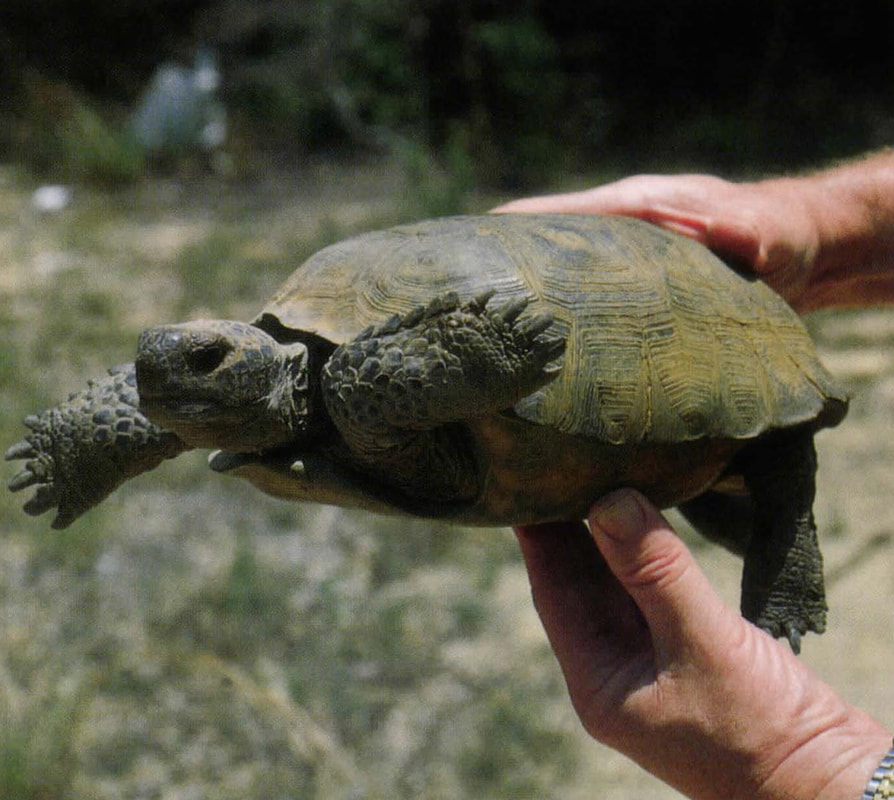
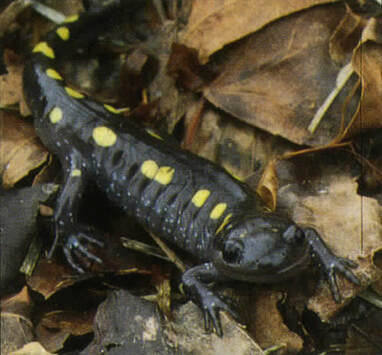
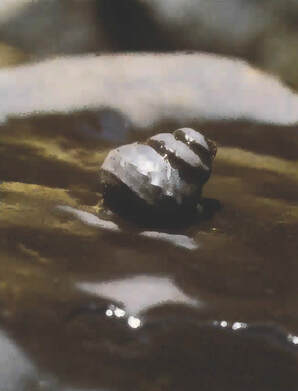
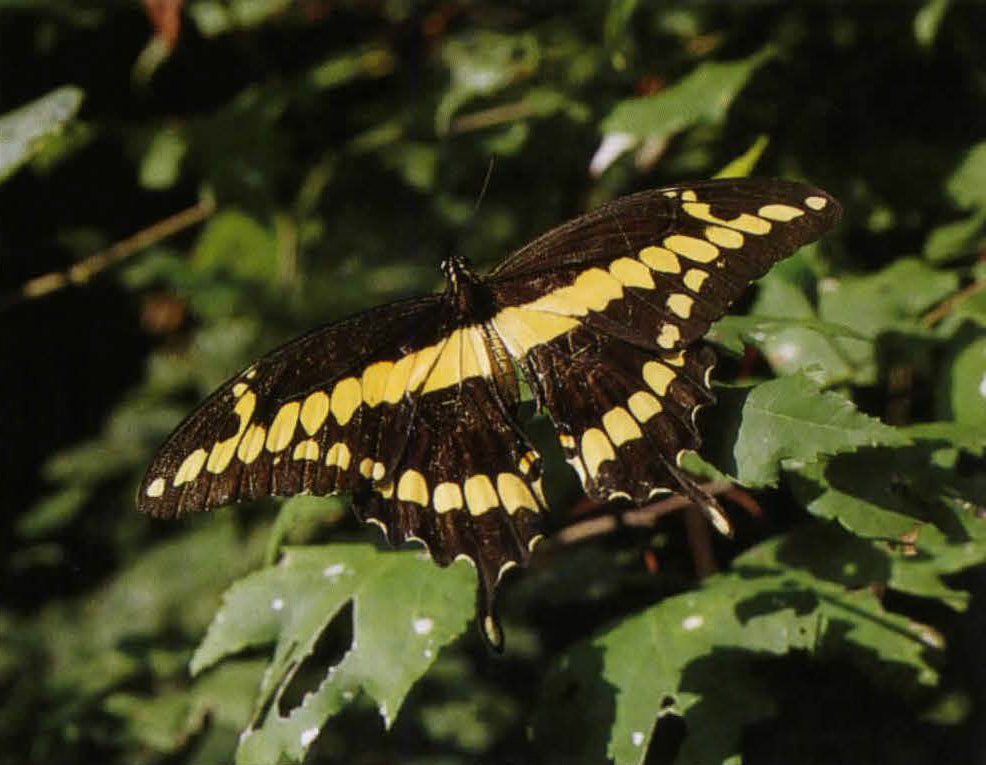
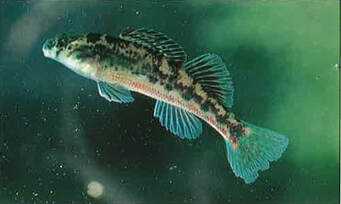
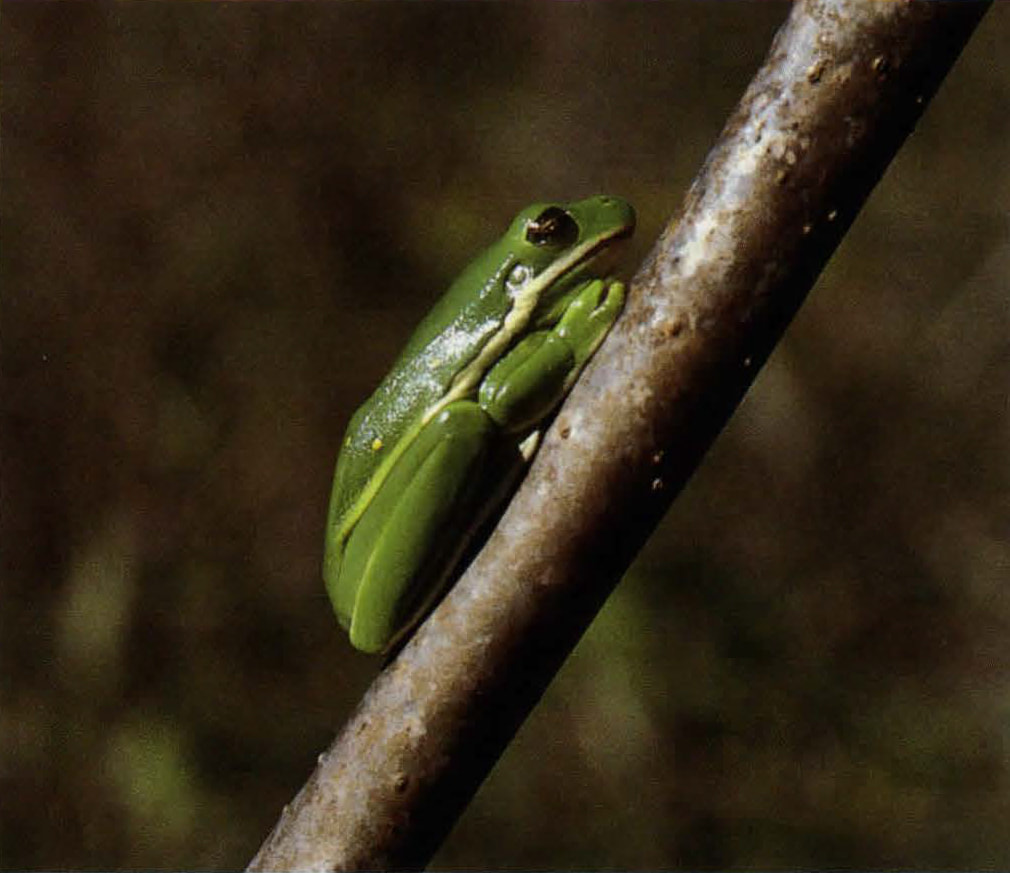
 RSS Feed
RSS Feed